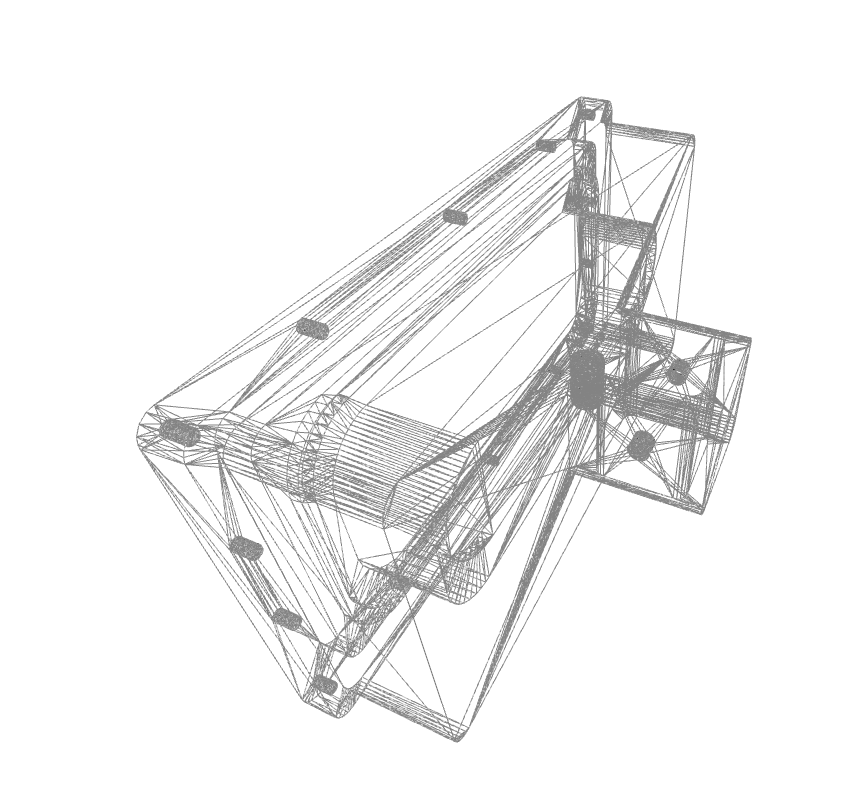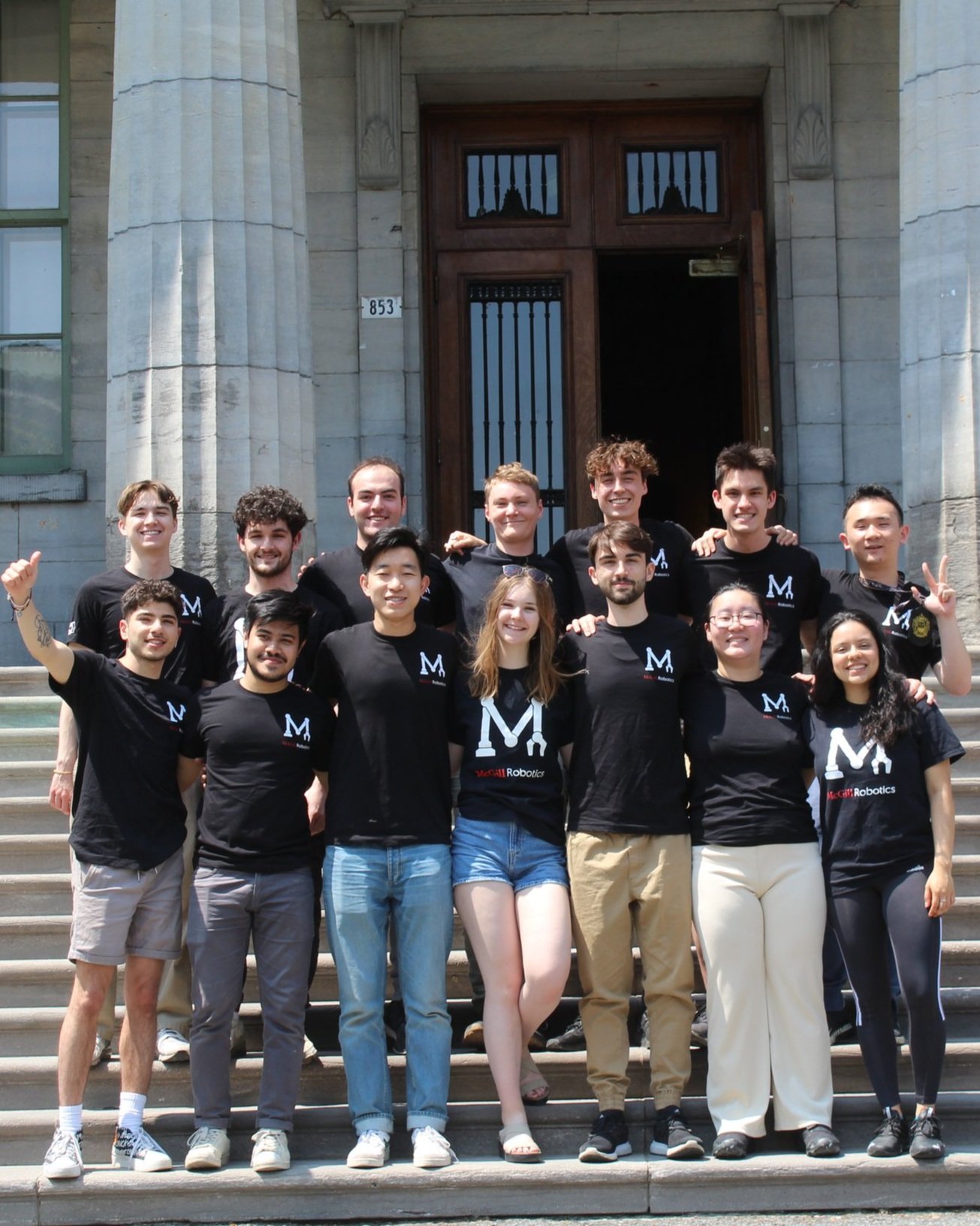ClarkAUV
Navigating RoboSub, mapping seabeds, and monitoring underwater infrastructure. McGill Robotics’ ClarkAUV is the future of next-generation AUV. Built on the success of several years of team designs, the smallest and lightest McGill Robotics AUV to date. There’s nothing else like it
MeetUtility. Simplicity. Autonomy.
ClarkAUV 2.0
A New Era of McGill Robotics AUVs
Utility.
Simplicity.
Building upon our tradition of excellence, the ClarkAUV introduces a more lightweight design and modular mechanical design for effortless modification and improvement. We didn’t just improve upon the existing technology, we took it to a whole new level.
When we compare ClarkAUV to its previous version, it is undoubtedly in a class of its own. A key reason we’re so proud of this new design is its extraordinary ease of use. Whether we’re deploying pool-side or re-configuring electronics, ClarkAUV’s design allows us unparalleled accessibility.
Autonomy.
Welcome to the future of autonomous underwater operations. The sophisticated mission planner and advanced sensor array ensure optimal performance under competition conditions, paving the way for a new era in McGill Robotics AUV development. It's not just a step forward; it's a quantum leap in autonomy.
Clark2.0
Design. Test. Analyze. Repeat.
We champion iterative design, learning from failures, and continuous improvement. Our process begins with sketches, evolving into prototypes that pass through detailed reviews and dry-tests in simulations or labs.
Following successful testing, designs undergo pool tests with the AUV system, promoting cross-team collaboration and refinement.
ClarkAUV At A Glance
Degrees of Freedom
6 (Surge, Sway, Heave, Roll, Pitch, Yaw)
Embedded Systems
Arduino Uno Rev3 (Propulsion).
Arduino Micro (Pressure Sensor)
Power System
Custom Power Governance PCB.
14.8V 20000mAH BlueRobotics LiPo Battery
Compute Module
NVIDIA Jetson AGX Orin
Navigation Stack
SBG Elipse-N IMU
Water Linked A50 DVL
Custom Pressure Sensor
Propulsion
BlueRobotics T200 Thrusters and Electronic Speed Controllers (x8)
Software Stack
Robotics Operating System (ROS) Noetic
Ubuntu 20.04 LTS
Python3, C++, C
Machine Learning
PyTorch
YOLO v8
Computer Vision
Intel RealSense d455 (Forward Facing)
Arducam IMX219 Camera Module
Clark2.0
Software Stack
At the core of our AUV's innovative software design: Planner orchestrates high-level decisions, Vision employs machine learning for object detection, State Estimation ensures real-time precision, and Propulsion optimizes movement. Our Gazebo-based simulation with realistic hydrodynamics enables us to rapidly test and tune our code in a pool-like environment.
Clark2.0
Electrical Architecture
Re-wiring what’s possible for university-level design: Our high-caliber power board delivers robust protection and efficient energy distribution, seamlessly driving the entire AUV from a PCB smaller than an iphone.
The Sensor Board, a crucial communication hub, interfaces with multiple sensors for optimal data processing. Together, they streamline wiring, enhance safety, and enable real-time decisions - a testament to the unrivaled autonomy and performance of our AUV.
Clark2.0
Mechanical Design
Robust mechanical design meets elegant UI/UX principles: this year we revamped the previous version of Clark to optimize for flexibility, starting with a reimagined chassis that merges symmetry with stability and flexibility, using stainless steel cubes and T-slotted framing. Our streamlined propeller positioning optimizes movement control, housed in a robust, sealed acrylic hull, featuring a sliding shelf for quick electronics access. We've ingeniously overhauled the internal layout with a new sled mechanism, ensuring straightforward access to our PCBs and electronics.
Clark2.0
Team Behind The Machine
Over the course of an entire school year, our team of talented engineers has worked tirelessly to produce the AUV representing our team at this year’s RoboSub. Spanning three different sub-divisions of Mechanical, Electrical, and Software, the more than 20 students who bonded together to develop and design ClarkAUV 2.0 are truly some of the most dedicated and exceptional students that McGill has to offer.








